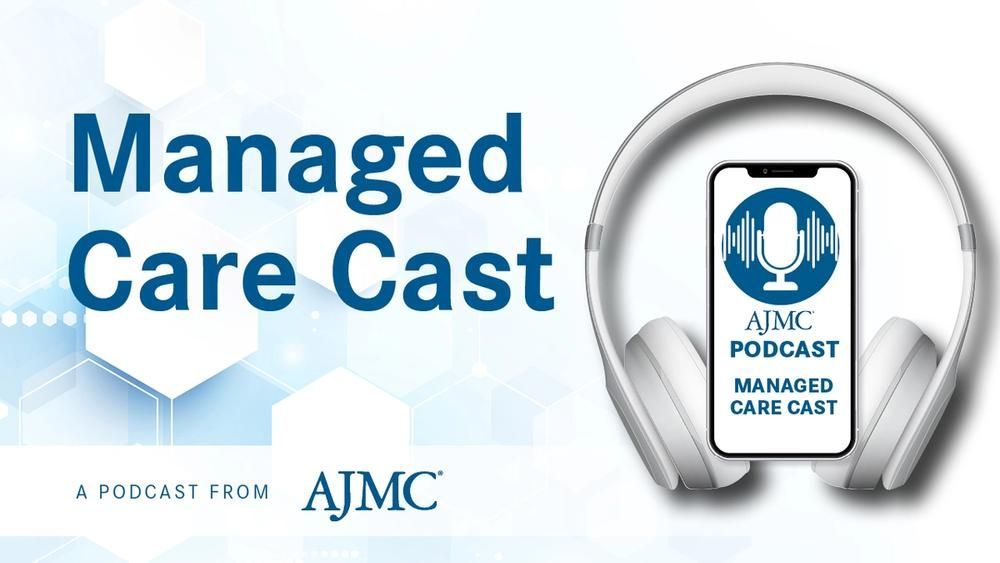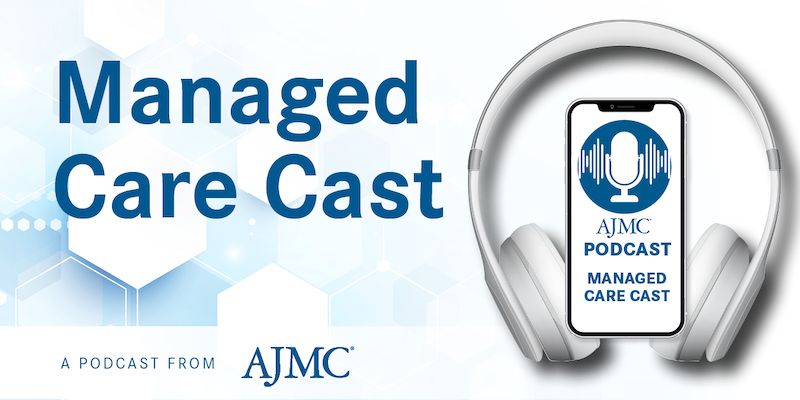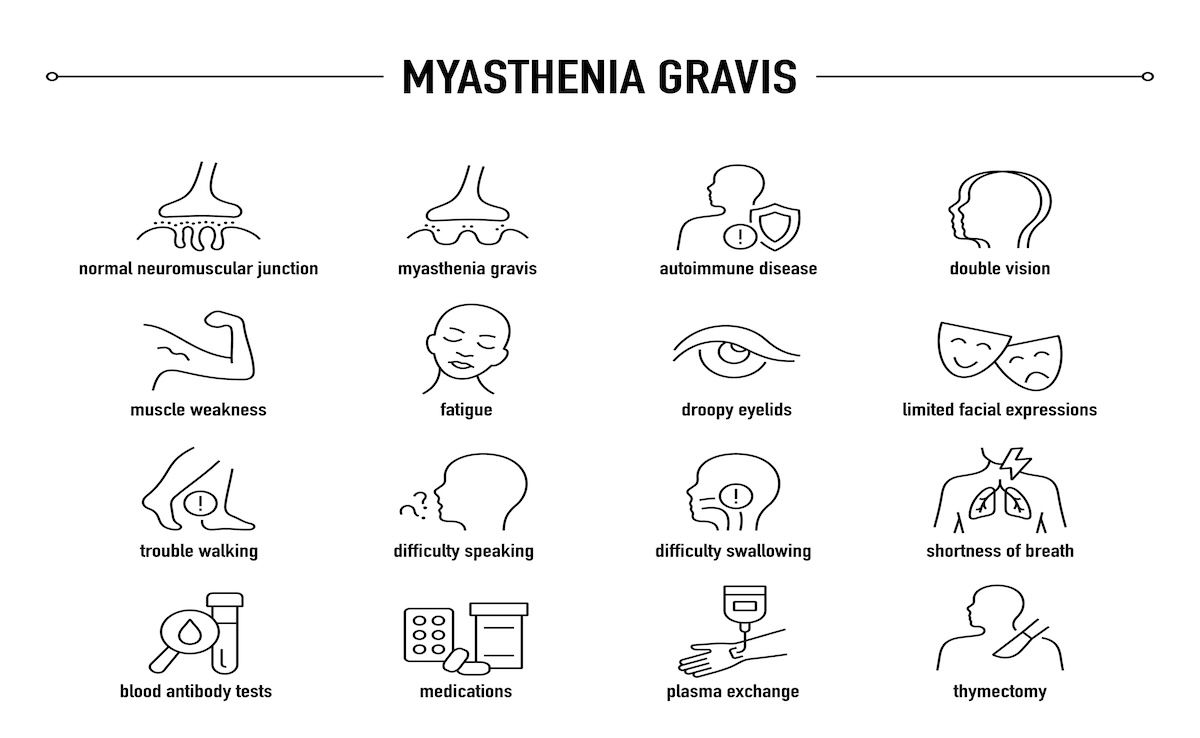Video
Dr Neil Minkoff Discusses Evolution and Consequences of 340B Programs
The 340B program has evolved significantly since its passage, but there are still important changes needed, like clarifying the target patient population. The complicated rebate system for payers and drug manufacturers is also a consequence that should be addressed, said Neil Minkoff, MD, chief medical officer of EmpiraMed.
The 340B program has evolved significantly since its passage, but there are still important changes needed, like clarifying the target patient population. The complicated rebate system for payers and drug manufacturers is also a consequence that should be addressed, said Neil Minkoff, MD, chief medical officer of EmpiraMed.
Transcript (slightly modified)
How has the 340B program evolved since it was enacted?
There have been a number of important changes, and there are a number of things that haven’t changed that might have to be assessed. Probably the things that have evolved the most are the massive expansion of the 340B program through new definitions, so more providers and more types of pharmacies can enter them, and more hospitals and more clinical entities realizing that there’s benefit to them for working through 340B programs.
One of the things that’s still vague and hasn’t evolved is the clear definition of which patients should and shouldn’t be in the 340B program, and how drugs can or cannot be specified for them.
How has the 340B program evolved to have unintended consequences?
I think the biggest one from the payer point of view is the rebate situation, where plans who are keeping careful track of which drugs are used in specialty and which drugs they have rebates on are submitting rebates to the manufacturers and getting back, sometimes, a quarter of them X-ed out, because they had already provided 340B discount pricing, and so the manufacturer isn’t going to do both.
From the manufacturer’s point of view, I think the risk is double discounting: places where, for whatever reason, but mostly lack of transparency in how the program is implemented, they may be paying double discounts.





